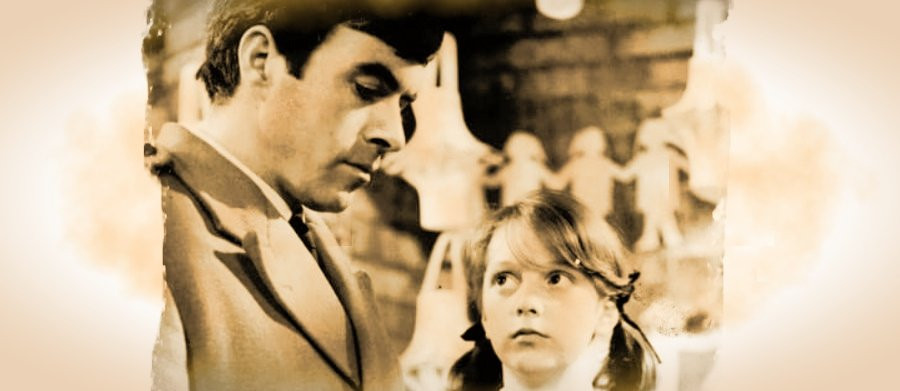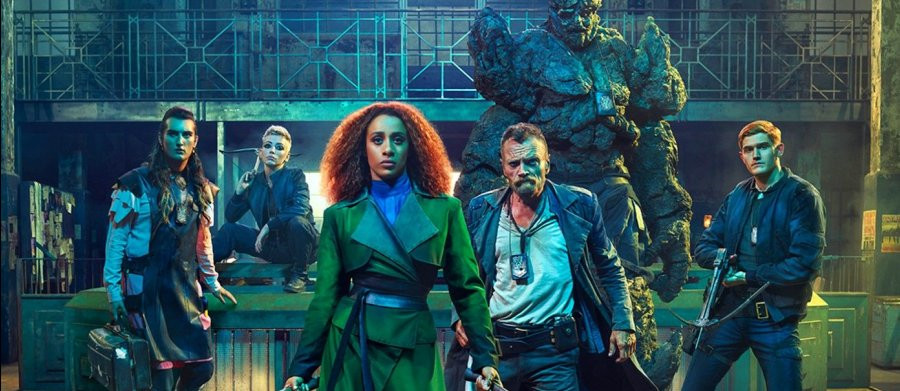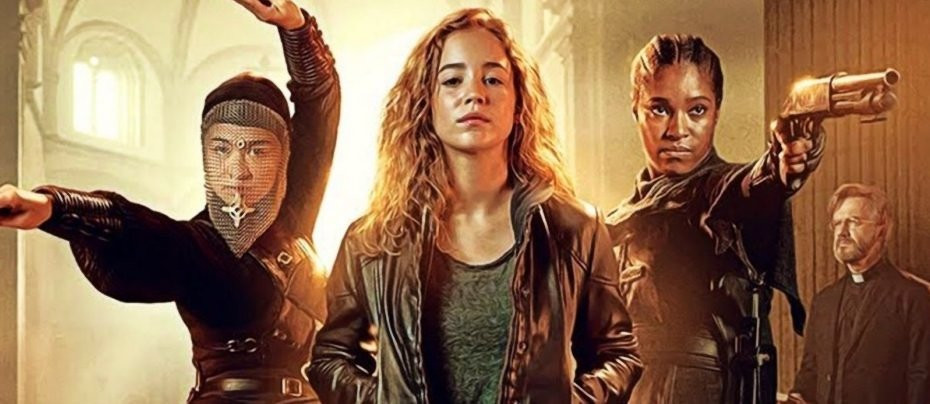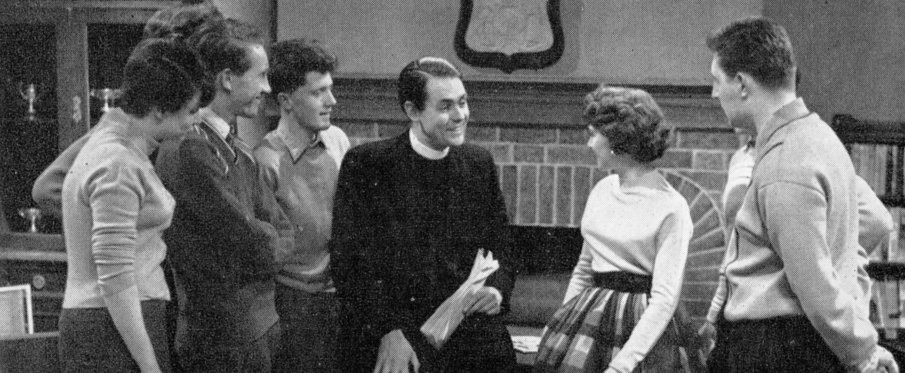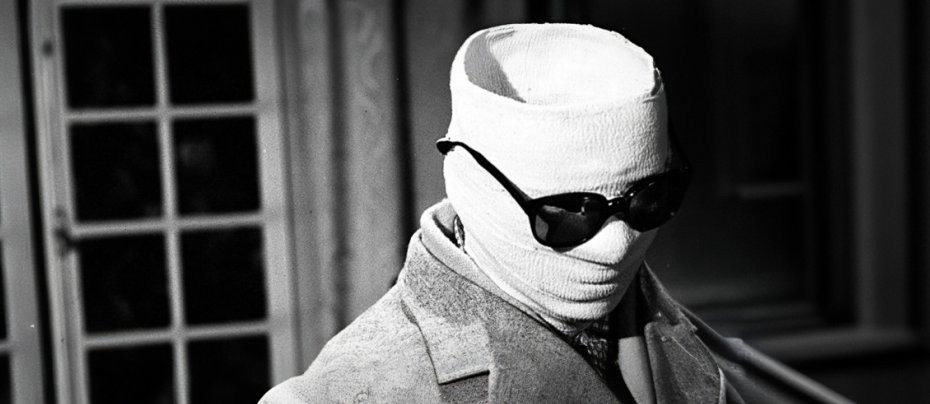
The Invisible Man
1958 - United KingdomDirected by Pennington Richards who had previously worked on The Buccaneers and Ivanhoe, and produced by Danger Man creator Ralph Smart, The Invisible Man is Dr Pete Brady, a scientist who has become victim of his own experiments into light refraction, leaving him permanently transparent. Unable to find a cure, Brady goes to work for the British government.
Ralph Smart was born in 1908 to Australian parents in the East London suburb of Chingford, and began his career as a film editor, writer and documentary maker before moving to Australia to make propaganda films during the Second World War. He returned to the UK in the mid-50s as he was particularly interested in making television shows and had heard that Lew Grade at ITC was looking for film people to make British TV series suitable for the international export market. Having worked on some of ITC's swashbucklers, he proposed the idea of a series based on H.G. Wells' science fiction novel which was originally serialised in Pearson's Weekly in 1897.
On the recommendation of his wife, Smart hired the writer Ian Stuart Black to develop the series which seemed to lack direction. In issue 67 of the now defunct TV Zone (June 1995), Black said that when he got the call to visit Ralph Smart he thought he was going to be offered work on The Adventures of William Tell, a series for which Smart was the Executive Producer. "It was a Tuesday and they had no script for the following Monday", he told interviewer David Richardson. "So they said, 'Could you get us out of this hole?' They put me in a back room with no windows, a skylight, and I wrote four scripts in five weeks so they had material. Then there was a break and they managed to catch up."
One of the decisions Smart had made was to not try and adapt Wells's novel and Black did not reference Wells's work either. "I looked at the scripts of the episodes they'd already shot and didn't feel they quite knew where they were going. They didn't know whether they were doing comedy or thrillers and they were leaning too heavily on the Invisible Man tricks." Black decided to move the series into the direction of political thriller.
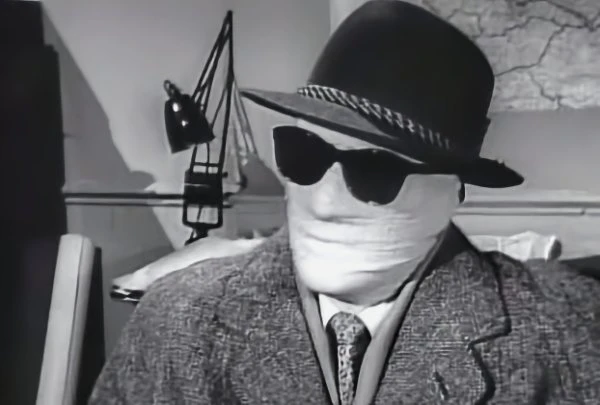
As a publicity gimmick, the actor who played Brady never received a credit although his voice belonged to several actors in the series. A pilot was shot as an introduction to American network executives in the hope of selling it across the pond, employing Canadian actor Robert Beatty (Dial 999) for Brady's voice. However, his voice was deemed too harsh and the pilot too poor to show and a totally rewritten first episode was filmed. Another Canadian actor, Lee Patterson (One Life to Live) was brought in for the reshot pilot but by the time the series was commissioned he was committed to another project and Paul Carpenter (Compact) then voiced Brady, before Tim Turner (A Night to Remember) was the voice for the majority of the stories.

Instead of the Invisible Man being a loner described as reclusive, irascible, unfriendly, introverted and bent of terrorising the nation, this adaptation of the character made him a patriot who dedicates himself to working for the good of the country. He has a sister (Lisa Daniely – The First Churchills, Van der Valk) a niece, Sally (Deborah Watling, who later went on to star as travelling companion Victoria Waterfield in Doctor Who) and a boss, Colonel Ward (Ernest Clark, Prof. Loftus in the sitcom Doctor in the House). Guest stars in the series included Peter Sallis, Leslie Phillips, Irene Handl, Honor Blackman, Patrick Troughton, Dennis Price, Jack Watling and Ian Hendry.
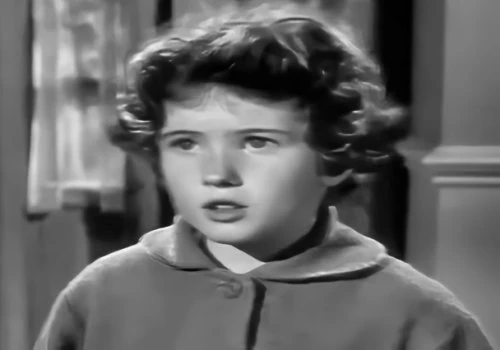
A number of writers were employed by the series as well as Black and these included Philip Levene (The Avengers), Michael Pertwee (brother of Jon) and Brian Clemens under the pseudonym of Tony O'Grady due to the fact he was under contract elsewhere at the time. Clemens would go on to write for or create some of the best remembered shows of the 1960s and 1970s; The Avengers, The Baron, Adam Adamant Lives!, The Champions, The Persuaders, The Protectors, The New Avengers and The Professionals.
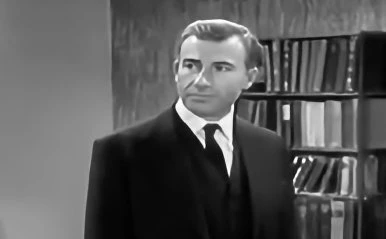
The series was notable for its special effects, i.e. the self-smoking cigarette, the self-drinking glass of wine and moving objects in the hands of the Invisible Man from car keys to guns, all of which were courtesy of puppeteer Jack Whitehead who had previously worked on Muffin the Mule. Director Pennington Richards admitted, "This is the toughest assignment I have ever faced. The character, though unseen, must be real. We know what he looks like: big, round about 6ft 3in, good looking athletic and active. We had him sit on a hard chair at first, but this made it difficult to imagine his body movements, so we changed this into a swivel chair. As it moves you can conjure up a vision of his body turning...the main difficulty is to avoid the danger of making him seem to be restless, every movement must be completely natural."
A self-driving car caused one motorist to almost have an accident when it pulled up alongside him at a set of traffic lights during location filming. An actor ran across to the car and, on opening the door, recoiled from an invisible blow. The onlooker's reaction was so genuine that the production team kept it in the transmitted programme.
The Invisible Man found a home in the USA on CBS where it was as big a hit as it was in the UK and several other countries. There were only two series making a total of 26 episodes and despite being dated by modern standards it has endured well. There was a US version in 1975 with The Man from U.N.C.L.E. star, David McCallum and the premise was revived again in 2000. Chances are - we haven't seen the last of The Invisible Man.
Seen this show? How do you rate it?
Seen this show? How do you rate it?
Published on May 22nd, 2024. Written by Laurence Marcus for Television Heaven.



